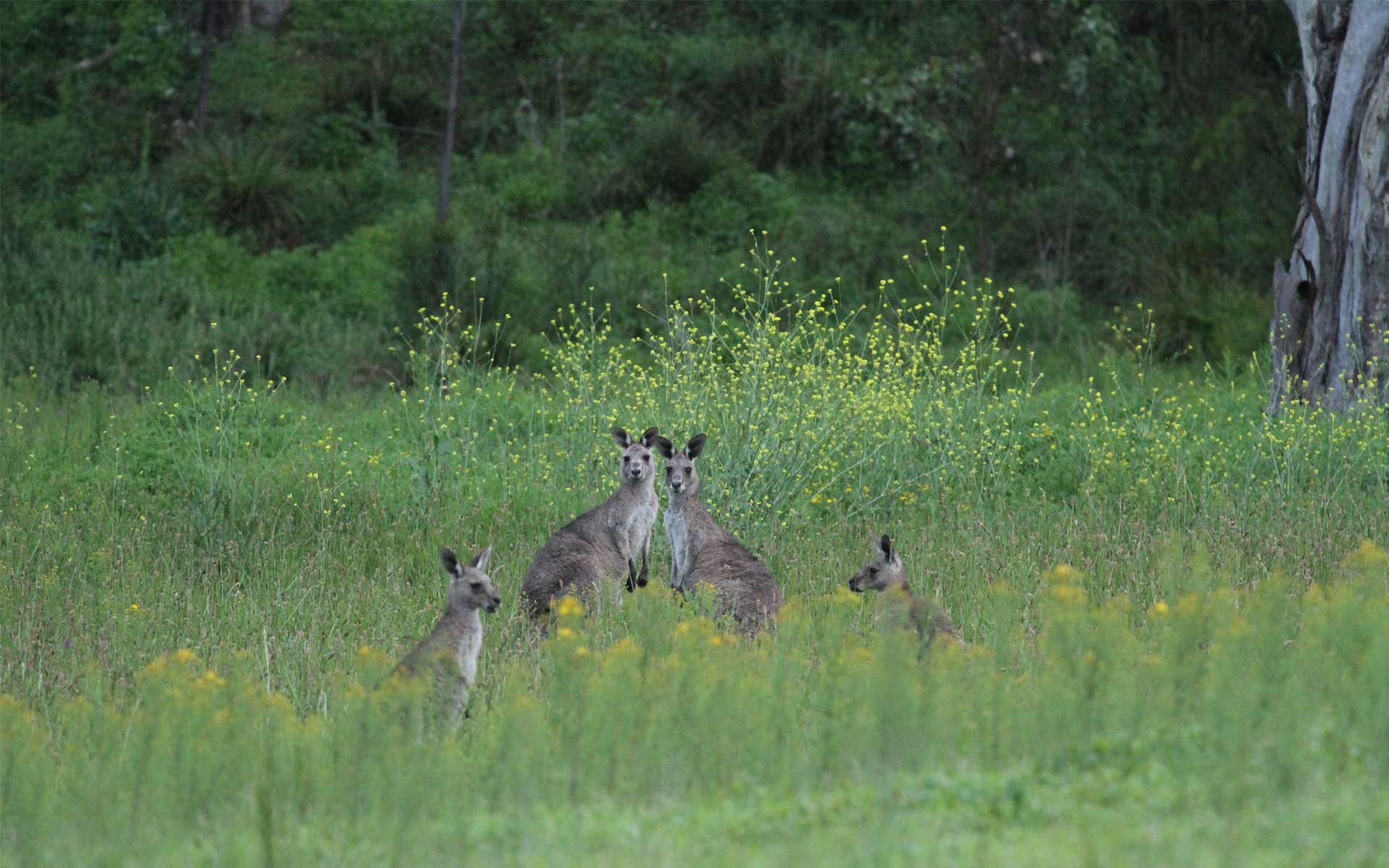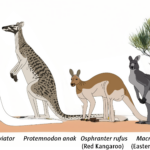
While kangaroos are a very social species, there has until recently been no evidence that they form long-term relationships between individuals.
But a new study by researchers from UNSW Sydney indicates that this may simply be a gap in our knowledge due to the difficulties in studying large herd animals like kangaroos over time.
Eastern grey kangaroos have a social structure called fission-fusion, where they form small groups that split and reform multiple times a day.
The UNSW researchers were able to analyse more than 3000 images of a single group of eastern grey kangaroos taken over a period of six years. Using ear-shape and Contour software to identify individuals, they found evidence of long-term relationships, including females with joeys that had actively formed connections with other mothers, counter to suggestions from previous studies.
“We used a metric that measured the number of associations an individual has with another individual, and also the strength of these associations,” says Ms Nora Campbell, a PhD candidate from the School of Biological, Earth & Environmental Sciences (BEES). “First we made a social network graph for each year of the survey, which showed the connections that each kangaroo had each year, then using that same metric, we calculated a social score for each kangaroo based on the social network graphs.”
The team ended up focusing their observations on female-female relationships.
The researchers suggest that the mothers may form close relationships to potentially dilute predation risk, harassment from males, or aggression towards their young. Understanding this behaviour could be important in assessing how kangaroo management may affect a group.
“It’s important to understand the ways in which kangaroos relate to each other for management of kangaroo populations, because that’s going to then affect the breeding rate of the population and how widespread the groups are going to be,” says Ms Campbell
“Kangaroos have adapted extremely well to urban environments, causing their numbers to rise to unsustainable levels in certain areas. This puts a lot of pressure on the environment while also negatively impacting the kangaroos themselves, especially during times of drought.”






